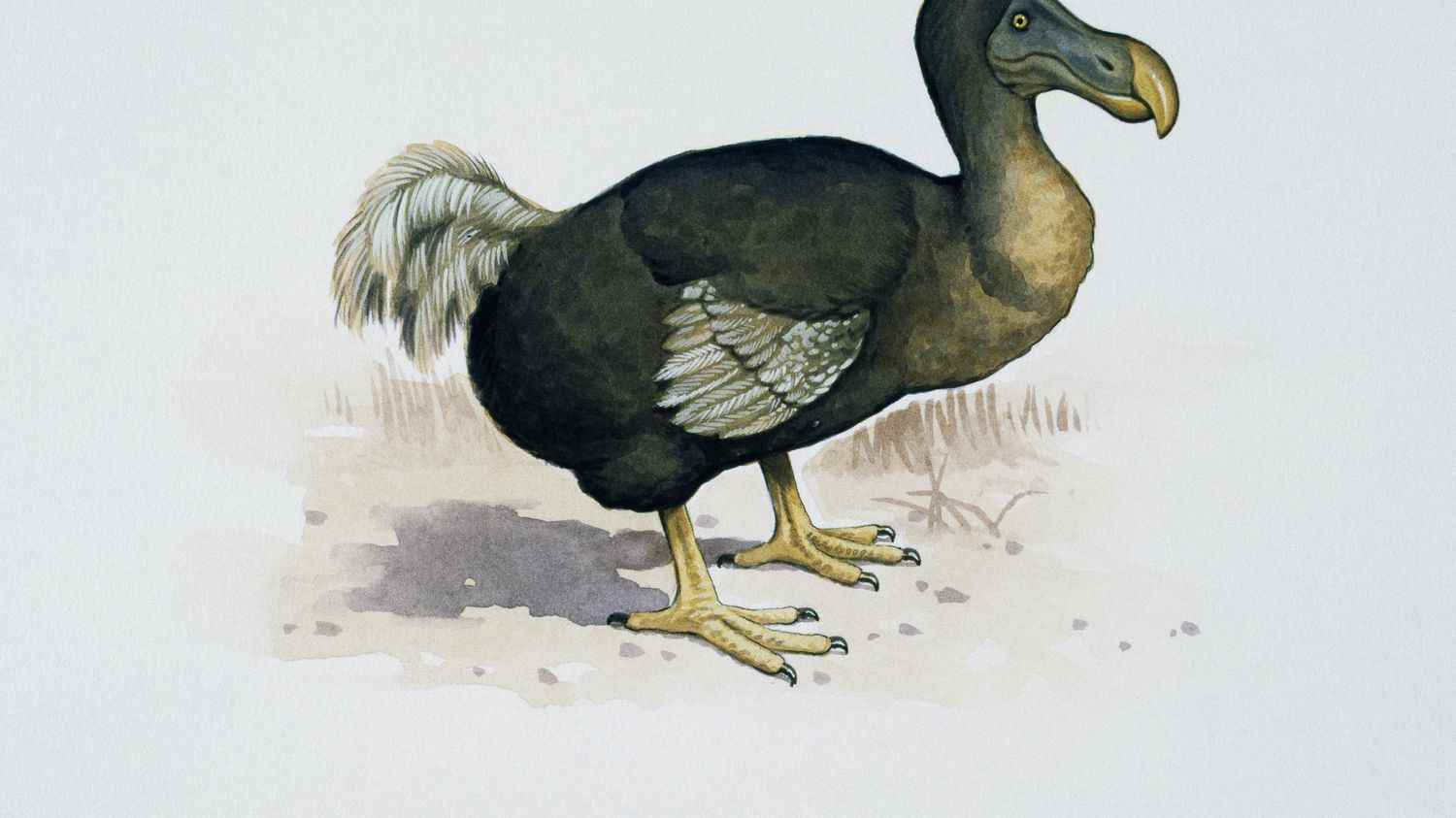An American biotechnology company has decided to bring back to life this funny flightless bird that lived on Mauritius, and which disappeared completely more than 400 years ago with the arrival of Dutch sailors on the island. .
Article written by
Posted
Reading time : 1 min.
The biotech Colossal announced a few days ago that it had raised $150 million to bring a dodo to life within six years. She already had similar projects: resurrect the woolly mammoth that disappeared thousands of years ago and the Tasmanian wolf that was extinct nearly a hundred years ago. The scientists intend to use the CRISPR/cas9 technique, also called “molecular scissors”.
>> An American start-up is trying to bring a bird that has been missing for four centuries back to life
This invention was hailed by a Nobel Prize in Chemistry two years ago, and today makes it possible to cure certain genetic diseases. For the dodo, very schematically, the researchers want to use a dodo DNA ribbon taken from dead and preserved specimens.
A hybrid and ethical issues
With the molecular scissors, they will cut out a piece, and insert it, stick it on a ribbon of DNA from a Nicobar pigeon, a pigeon genetically quite close to the dodo. The DNA obtained will be placed in an egg, and the embryo will give an animal which will not be a 100% dodo, but a sort of mixture, a hybrid of the two species.
The Colossal Society claims that by recreating dodos, it will help bird research, human health research and it will promote biodiversity. But part of the scientific community is opposed to these projects. She wonders. Is it desirable, ethical, to resurrect extinct species, what is called “de-extinction”? Also in what environment?
In the films of the franchise Jurassic Park, the cohabitation between dinosaurs and men never goes well. There, many researchers believe that the resuscitated species (the dodo and the mammoth) would not necessarily be adapted to their environment which has changed a lot since their disappearance. Their arrival could also disrupt the new balance, the current ecosystem. Finally, opponents of the project regret that these 150 million dollars invested are not rather dedicated to the conservation of species that are now threatened.
